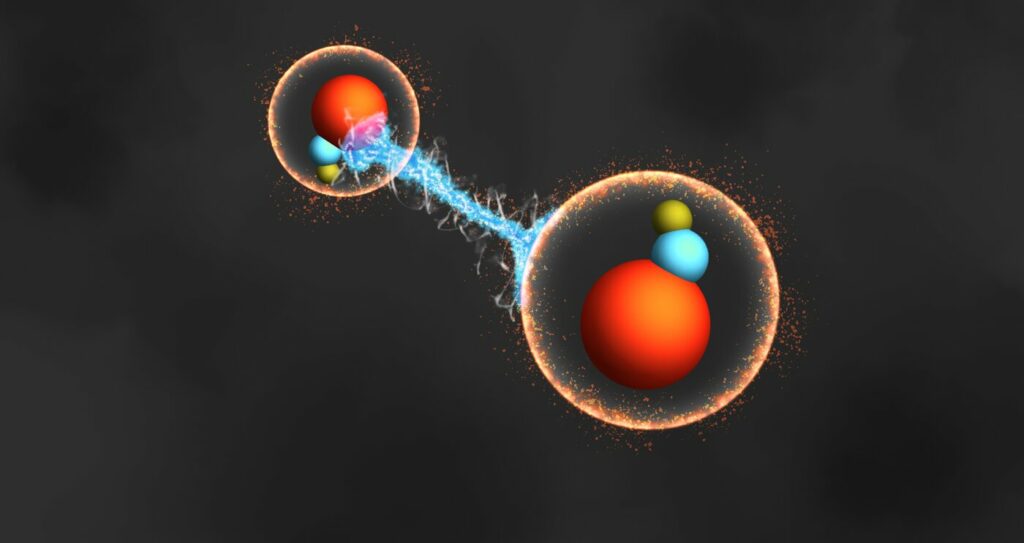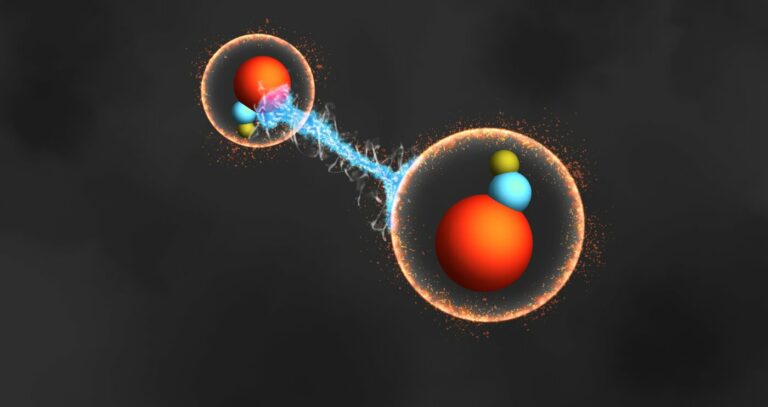Researchers Suggest Innovative Approach to Detect Departures from the Standard Model of Physics
In the quest to explore new particles and forces in nature, physicists are actively seeking deviations from the well-established Standard Model of particle physics. Any observed deviations could potentially signify the presence of what physicists colloquially term “new physics.”
Caltech’s assistant professor of physics, Nick Hutzler, and his research group are specifically investigating certain types of deviations that could provide insights into the mystery of why our universe is predominantly composed of matter. According to current understanding, when the universe originated approximately 14 billion years ago, matter and its antimatter counterpart were thought to exist in equal proportions. While matter and antimatter typically annihilate each other, allowing matter to prevail in our universe suggests the existence of some asymmetry between various types of particles. Hutzler’s team conducts tabletop experiments to detect symmetry violations—unusual particle behaviors responsible for the dominance of matter in our universe.
In a recent publication in Physical Review Letters, the team, led by Chi Zhang, the David and Ellen Lee Postdoctoral Scholar Research Associate in Physics at Caltech, has devised an innovative approach to enhance their studies using entanglement—a quantum physics phenomenon where two distant particles remain connected without direct contact. The research, titled “Quantum-Enhanced Metrology for Molecular Symmetry Violation using Decoherence-Free Subspaces,” introduces a novel method for entangling arrays of molecules, serving as probes to measure symmetry violations. By entangling the molecules, the arrays become less susceptible to background noise, improving sensitivity to the desired signal in the experiment.

“It’s comparable to anchoring a group of rubber duckies together,” explains Hutzler. “If you were to observe the movement of the duckies in a tub, connecting them would make them less responsive to background noise like splashing water. Simultaneously, they would become more sensitive to something you want to measure, such as the flow of a current, since they would collectively respond to it.” “We aim to detect the structure of the molecules,” notes Zhang. “
Uncontrolled electric and magnetic fields from the experimental setup can interfere with our measurements, but now we have a new approach to entangling the molecules, making them less prone to noise.” Specifically, this innovative method can be applied to detect minute tilts in electrons resulting from electric fields within the molecules. “
The slight rotations would indicate interactions between electrons or nuclear spins and electric fields, which goes against the principles of the Standard Model,” explains Hutzler. “Contrary to other entanglement-based approaches that typically increase sensitivity to noise,” he adds, “Chi has found a way to reduce noise while still providing us with a sensitivity boost from entanglement.” In a separate recent experimental study featured in Science, led by Hutzler and John M. Doyle of Harvard University, the polyatomic molecules used in these experiments were found to possess unique capabilities to shield themselves from electromagnetic noise, albeit without the added sensitivity boost from entanglement. With the advantages of entanglement, researchers can advance these experiments to explore increasingly unconventional realms of new physics, states Hutzler.
This article is republished from PhysORG under a Creative Commons license. Read the original article.
Do not forget to share your opinion with us to provide you with the best posts !




0 Comments